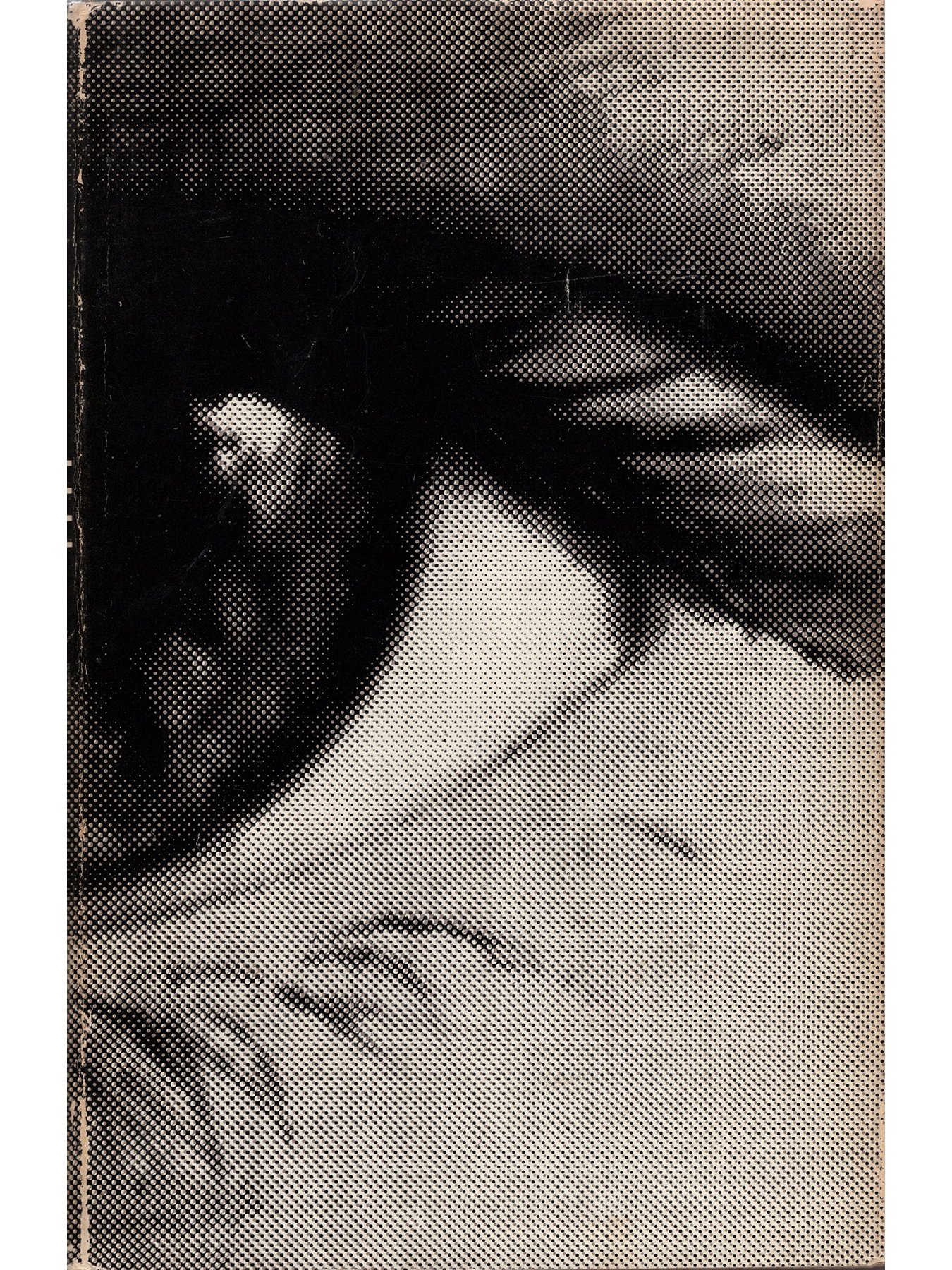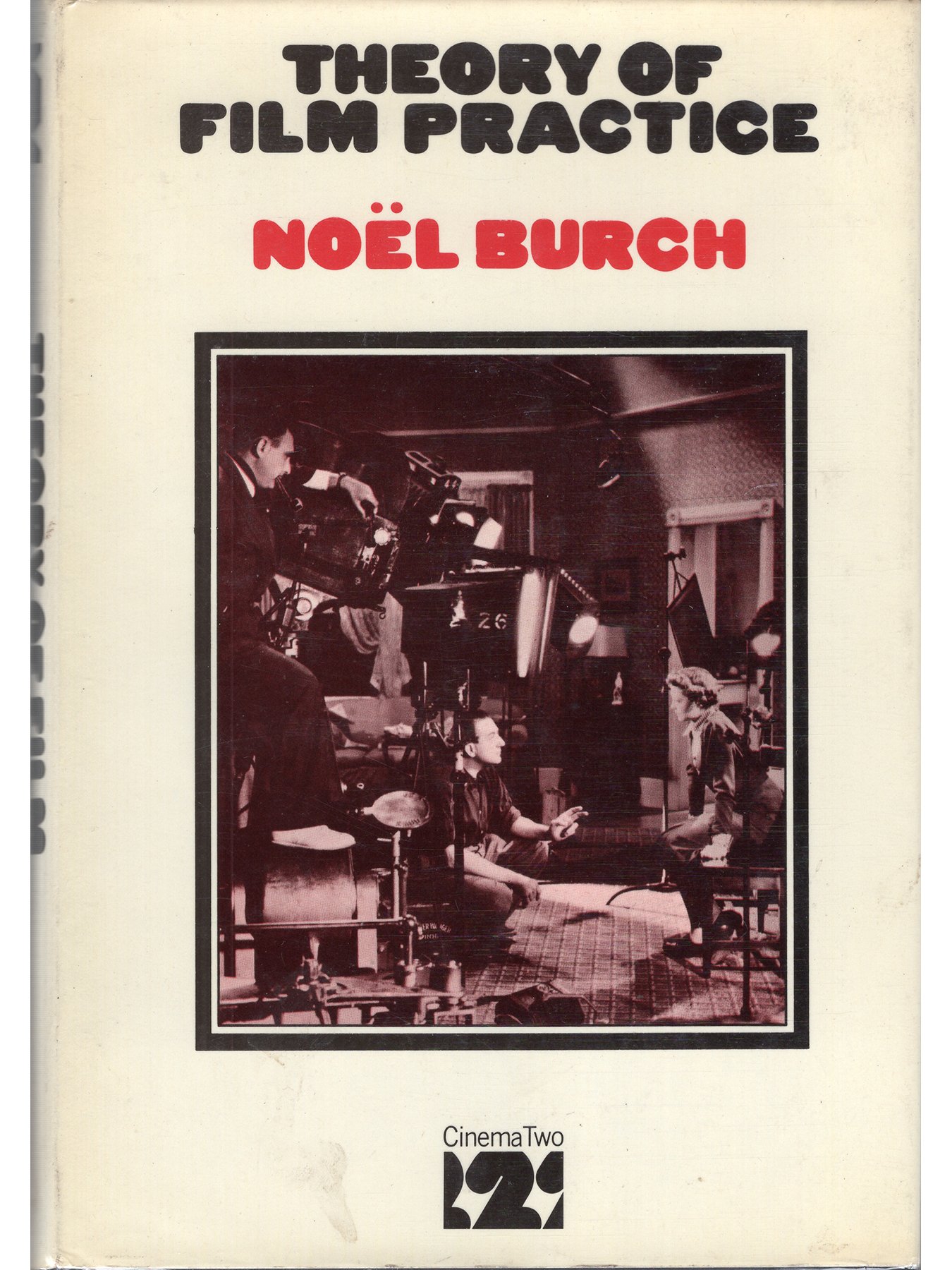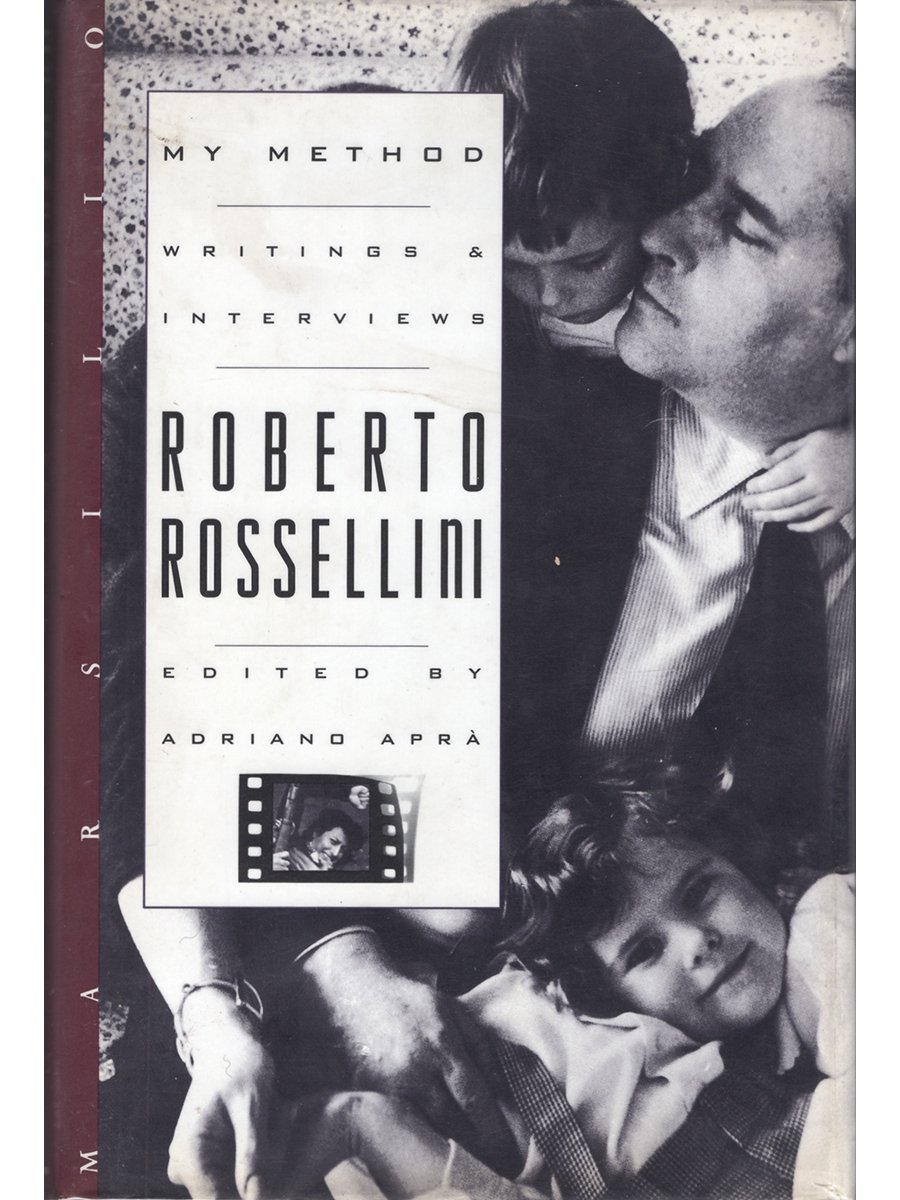 Image 1 of
Image 1 of


Films and Feelings by Raymond Durgnat (Hardcover First Edition)
Published by MIT Press, 1967
Sewn bound hardcover
First printing
288 pages
8.5x6 inches
Very Good condition. Chips to top edge of spine. Comes in removable protective Brodart mylar cover.
Raymond Durgnat here examines literally hundreds of films—from Birth of a Nation to those of the 1960s, from Hollywood smashes to avant-garde obscurities, from all parts of the world—in an effort to isolate universals of the language of films and to loft their poetics to an articulate level.
In addition to the cross-references among a large number of films, a few are selected for extended analysis. These “full-length features” include Cocteau's Orphée, Hitchcock's Psycho, Chabrol's Les Cousins, Ray's Johnny Guitar, and Newman's This Island Earth. His succinct synopsis of the running plot functions as an analysis of it; thus, much of the critical insight is in the form of entertaining narrative.
The book is divided into four sections. The first is concerned with the union of film style and film content. The second treats the connection between the film as an entertainment and as a picture of reality, suggesting that even films that are unabashedly “escapist” are really rooted in, and comment on, the inescapable facts of social life. The third section attempts to close the gap between the popular responses and those of “high culture.” This is not a “surrender to the mob and to the moguls.” The author's standards are more stringent than those of the permissive 'camp' followers and “pop” critics. The final section produces further evidence of the existence of cinematic poetry in the commercial movie.
Published by MIT Press, 1967
Sewn bound hardcover
First printing
288 pages
8.5x6 inches
Very Good condition. Chips to top edge of spine. Comes in removable protective Brodart mylar cover.
Raymond Durgnat here examines literally hundreds of films—from Birth of a Nation to those of the 1960s, from Hollywood smashes to avant-garde obscurities, from all parts of the world—in an effort to isolate universals of the language of films and to loft their poetics to an articulate level.
In addition to the cross-references among a large number of films, a few are selected for extended analysis. These “full-length features” include Cocteau's Orphée, Hitchcock's Psycho, Chabrol's Les Cousins, Ray's Johnny Guitar, and Newman's This Island Earth. His succinct synopsis of the running plot functions as an analysis of it; thus, much of the critical insight is in the form of entertaining narrative.
The book is divided into four sections. The first is concerned with the union of film style and film content. The second treats the connection between the film as an entertainment and as a picture of reality, suggesting that even films that are unabashedly “escapist” are really rooted in, and comment on, the inescapable facts of social life. The third section attempts to close the gap between the popular responses and those of “high culture.” This is not a “surrender to the mob and to the moguls.” The author's standards are more stringent than those of the permissive 'camp' followers and “pop” critics. The final section produces further evidence of the existence of cinematic poetry in the commercial movie.
Published by MIT Press, 1967
Sewn bound hardcover
First printing
288 pages
8.5x6 inches
Very Good condition. Chips to top edge of spine. Comes in removable protective Brodart mylar cover.
Raymond Durgnat here examines literally hundreds of films—from Birth of a Nation to those of the 1960s, from Hollywood smashes to avant-garde obscurities, from all parts of the world—in an effort to isolate universals of the language of films and to loft their poetics to an articulate level.
In addition to the cross-references among a large number of films, a few are selected for extended analysis. These “full-length features” include Cocteau's Orphée, Hitchcock's Psycho, Chabrol's Les Cousins, Ray's Johnny Guitar, and Newman's This Island Earth. His succinct synopsis of the running plot functions as an analysis of it; thus, much of the critical insight is in the form of entertaining narrative.
The book is divided into four sections. The first is concerned with the union of film style and film content. The second treats the connection between the film as an entertainment and as a picture of reality, suggesting that even films that are unabashedly “escapist” are really rooted in, and comment on, the inescapable facts of social life. The third section attempts to close the gap between the popular responses and those of “high culture.” This is not a “surrender to the mob and to the moguls.” The author's standards are more stringent than those of the permissive 'camp' followers and “pop” critics. The final section produces further evidence of the existence of cinematic poetry in the commercial movie.





